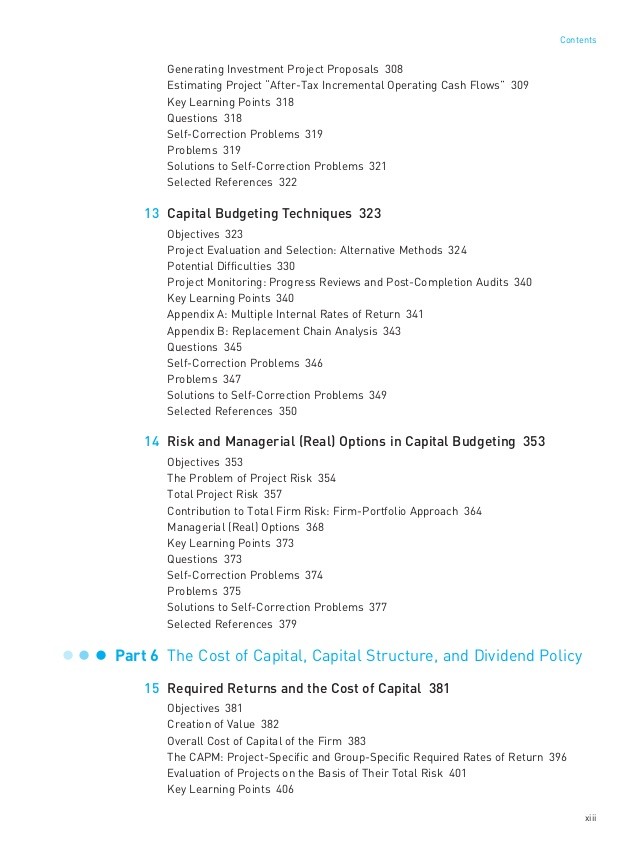Foolish Fundamentals GAAP
Post on: 1 Апрель, 2015 No Comment

By Motley Fool Staff | More Articles
Get back to the basics with our Foolish back-to-school special! Start your journey here .
When earnings season gets under way and investors start listening to conference calls and reading earnings reports, understanding how companies report earnings becomes particularly critical. Earnings per share. Basic EPS. Diluted EPS. Adjusted net income diluted. GAAP earnings. Non-GAAP earnings. Enough already.
Although confusion can be part of the learning process in investing, it’s frustrating to spend time reading an earnings release and emerge foggy-headed. As a nascent analyst a few years ago, I was no different. Has the fog cleared? It’s not any easier now, but I’ve gotten used to it and know what to look for. Below is a cheat sheet that I wish someone had given me when I started reading earnings reports.
Your prerequisite is a fundamental understanding of earnings per share (EPS), which is simply net income (earnings) divided by the number of shares outstanding. We’ll focus here on the difference between GAAP earnings and adjusted, or non-GAAP, earnings.
EPS figures come in two flavors. Basic uses the current number of common shares outstanding as the EPS denominator. Diluted EPS adds to the number of shares outstanding the potential dilution lurking in the form of options, warrants, and convertible debt, and assumes they are converted into common stock. Diluted EPS is a more conservative metric, since earnings are spread out over more shares. Absent a reference to diluted or basic EPS in a company release or the financial press, assume diluted share count, since that’s the more commonly discussed figure.
GAAP earnings vs. adjusted earnings
Companies report their earnings according to GAAP, or generally accepted accounting principles, which is the common set of accounting principles that all companies are expected to follow.
To get a clearer picture of core operating earnings, some companies also report adjusted, or non-GAAP, earnings. They do this by adding back charges and subtracting gains. Non-recurring gains are subtracted from GAAP earnings, while non-recurring charges are added.
The companies that report adjusted earnings will usually have a nice section of the earnings press release called something like Reconciliation of GAAP net income (loss) to adjusted net income.
The good news is that we’re getting closer to true operating earnings; the bad news is that all companies use different methods to get there. As a result, there’s usually a disclaimer in the earnings report — something like Adjusted net income per share does not have any standardized meaning prescribed by GAAP. As always, investors should exercise caution when taking the company’s numbers at face value. More on that shortly.
Importantly, the consensus analyst estimate number is almost always based on some sort of core operating earnings, since analysts typically build their financial models excluding extraordinary charges.
So what are these mysterious adjustments? In a nutshell, they are not part of the day-to-day operating expenses of a company and are therefore adjusted, or either backed out of or added to GAAP earnings. To add to the confusion, adjustments and non-GAAP earnings are called by different names.
Different names for adjustments:
- Non-recurring charges/gains
- One-time items
- Extraordinary items
- Adjustments
Different names for non-GAAP earnings:
- Pro forma earnings
- As-adjusted earnings
An example
Looking at Research In Motion ‘s ( Nasdaq: RIMM ) fourth quarter of fiscal 2005 shows the extent to which adjustments can matter. Research In Motion reported a GAAP net loss for the quarter of $2.6 million, or $0.01 per diluted share. But adjusted for extraordinary items, net income was $140.1 million, or $0.71 per share. Wow! What happened?
Research In Motion was involved in some nasty litigation and concluded a patent-infringement settlement with NTP, an Arlington, Va.-based patent holding company, taking a $294.2 million charge for the quarter. Partially related to the litigation, Research In Motion also recorded a $151.6 million tax asset gain. Neither was part of normal operations, and both must be adjusted.














